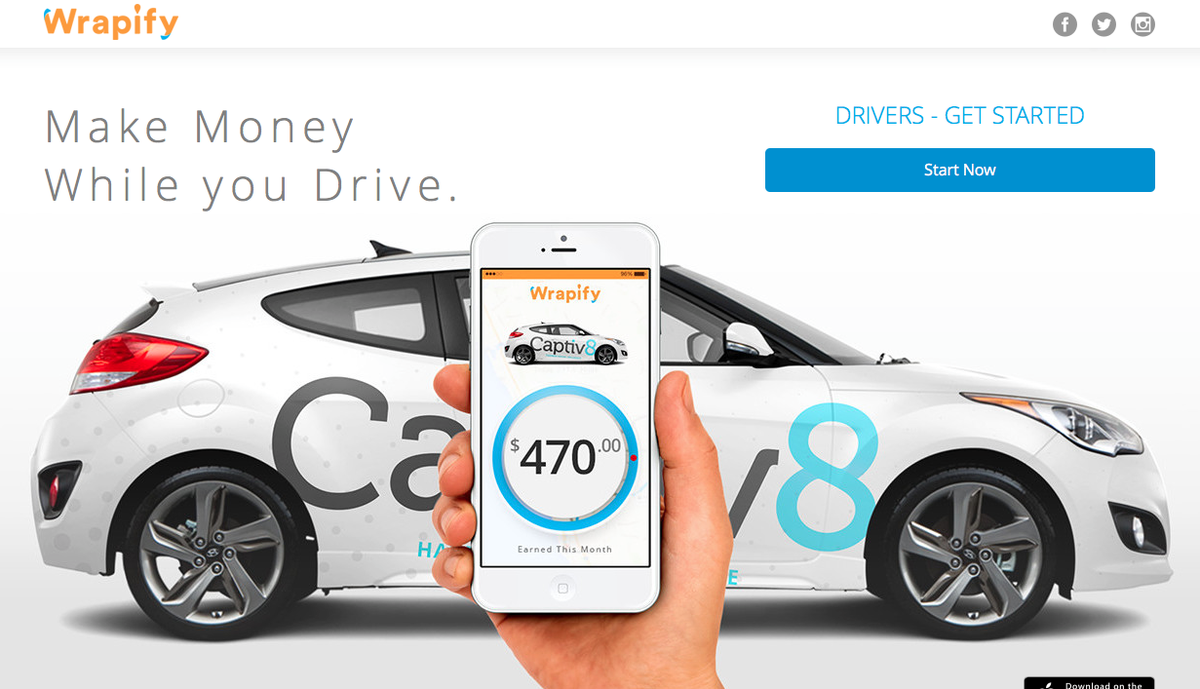Reading Time: 4 minutes
In this post you will find an outline of the advantages and disadvantages of Big Data concerning the individual’s privacy. The article stresses the contrast between the merits and risks of Big Data in a short compilation, thus allowing the reader to get a clear picture of the current issues.
Does the consumer need his privacy? Shall we, as consumers, adjust to the loss of at least some part of our privacy and settle for more comfort and better commercialized offers instead?
Privacy issues have always been raised in discussions over human rights and freedoms, but with the appearance of the Internet these concepts have slightly changed their meaning, and with the emergence of the Big Data they need to be revised once again by society.
First of all, the question arises what should be classified as personal information and where is the boundary line between privacy and publicity. Every day we buy coffee at Starbucks, paying with a credit card, post new photos to Instagram and fleeting thoughts to Twitter, leaving behind a huge amount of information imprints. Their processing with the help of advanced analytical tools allows us to make new discoveries and explore previously unknown nature of things, however, just as the Internet had once united people, thus threatening their privacy, we should ask ourselves, whether the Big Data will exacerbate this problem, or will become a springboard to a better future.
Before answering the question about the possible repudiation of the privacy for the sake of comfort, I would like to consider positive aspects of using the Big Data and our personal information in everyday life. In my opinion, they are as follows:
- Increase of stability. Analysis of large amounts of information allows companies to rely on more accurate forecasts when doing business, affecting all aspects of it, from finance and marketing to recruitment. Ultimately, handling more precise information leads to increased stability of national economies. Perhaps global financial crisis could have been avoided if financial institutions had checked their customers’ backgrounds more carefully when issuing loans. For example, analyzing social networks of customers in Facebook, banks would be able to make a conclusion about their surroundings, and analysis of their phone bills would allow making judegments regarding the efficiency of borrowers.
- Disease and crime prevention. Access to medical records of patients would allow detecting disease outbreaks in advance by analyzing patients’ symptoms. Thus, Google Flu Trends works successfully in this direction by analyzing users’ requests about flu symptoms. As for the crimes, banks, using data of their customers’ transactions more carefully, can identify those suspected of money laundering and other financial frauds.
- Moving from general to specific. Processing large amounts of personal information allows obtaining concrete results on a number of parameters, avoiding prejudice to the rights of people who accidentally get into statistical sample. For instance, getting more information about the lifestyle of a client, an insurance company will be able to offer him/her a better deal, although before this customer would have to pay a standard price.
Apart from the benefits that the Big Data and privacy refusal can give us, their use is associated with enormous risks and the caused damage might be irreparable. These risks, in my mind, might be as follows:
- Obsession with data. I believe that the widespread reliance on the Big Data and private information poses a latent threat, because with the increasing accuracy of the data processing tools their popularity will grow as well that eventually may lead to their use in inappropriate situations.
- The world is replete with examples of how monopolization of the entire economic sectors ends, one of such is the story of Standard Oil Company, which monopolized the whole refinery. Since the data in the information society is the same as the fuel in the industrial one, governments need to be vigilant and facilitate the creation of competitive environment in the field of data processing, avoiding the appearance of monopolies.
- National Security. Recent revelations of Edward Snowden about US government spying on its citizens caused a storm of criticism around the world. Undoubtedly, this issue deserves discussion, but the potential leakage of personal data of citizens can do much more damage to national security than the national governments shadowing their subjects.
- Maintaining privacy. Such methods of preserving confidentiality as consent to the processing of data, refusal of users to participate in the data collection or removal of already processed information gradually lose their effectiveness and jeopardize privacy of many users. Prolonged lack of adequate mechanisms of confidentiality control only exacerbates the problem by allowing uncontrolled use of received information, avoiding consequences.
Having considered the pros and cons of the partial refusal of privacy, I can conclude that each of us, sooner or later, should give up a part of the personal information for the common good and comfort. The Big Data offers great opportunities to humanity provided their rational use; otherwise they become a tool of repression and coercion, causing irreparable damage to people, and therefore, like any other tool, created by man, require careful handling and control.





